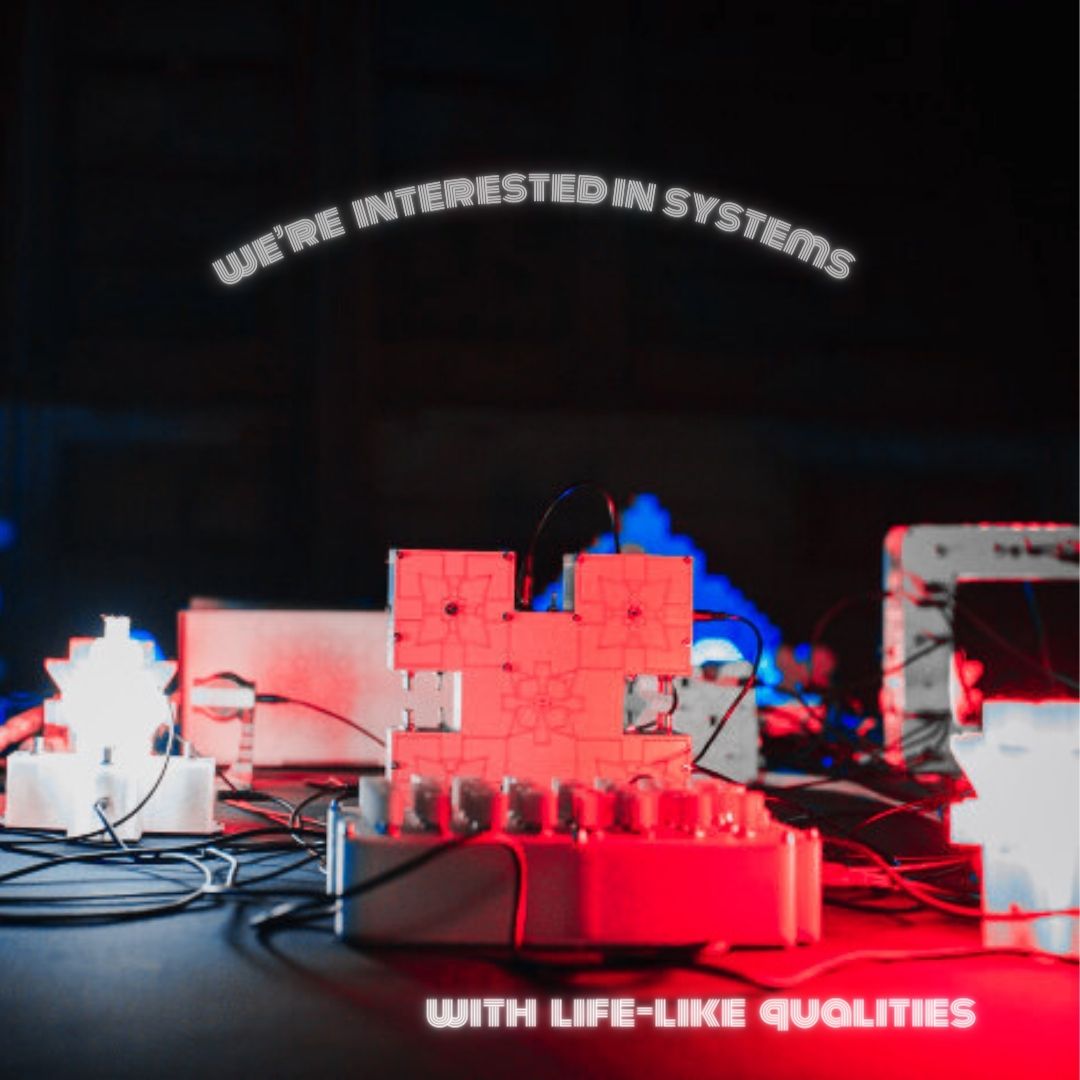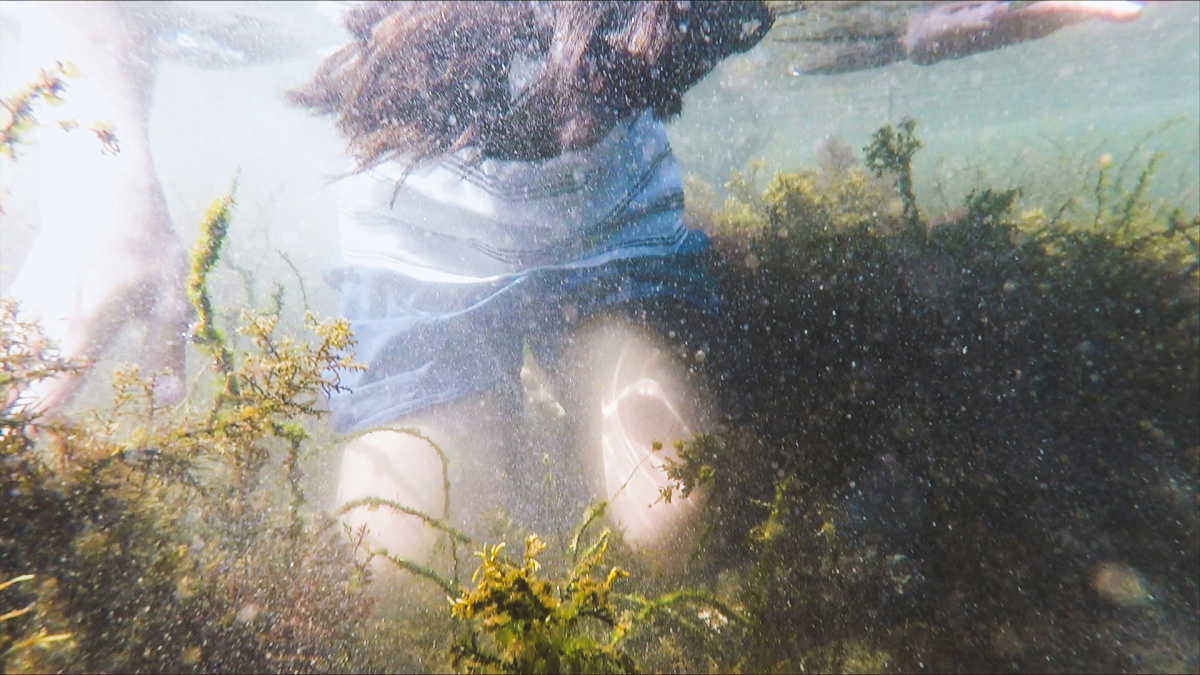Inspired by Gilles Aubry’s experimental video essay Atlantic Ragagar, voice and sound theorist Zeynep Bulut reflects on the relationship between water, body, voice, and language. She considers voice as fluid and distributed to various bodies, both human and nonhuman. Bulut underscores that the languages we speak require a practice of re-positioning one’s self in relation to others, or in other words, a practice of listening with others.
Voice, just like water, circulates and flows. And as the sea meets land in different currents, the sounds of voice land in various bodies. A voice is made, mediated, and transmitted with multiple bodies, senses, and technologies. As distributed, the fluidity of voice makes us wonder about the gravity of body and language. Being fluid yet also grounded, a voice is simultaneously embodied and disembodied. Such sonic, material, mobile, situated, and imagined presence encourages us to consider voice as a process, which is always in making with others, or «a vibrational practice» as musicologist Nina Sun Eidsheim (2015) puts it. Such processes and practices are not limited to the human body or language.
Singing With Water and Seaweeds
Gilles Aubry’s film Atlantic Ragagar draws attention to the process of voice-making with ocean species, in particular with seaweed. Aubry probes this process in collaboration with biologist Younes Boundir and performer Imane Zoubai, and with local communities on the Moroccan Atlantic coast. Seaweed is widely used in the local economy, as well as in the food and pharmaceutical industry. Furthermore, Boundir examines seaweed as a «bio-monitoring tool» for sea pollution, as the film shows. Aubry’s and Zoubai’s use of voice interferes with this picture. They explore voicing as a method for examining how to sound with, live with, and perhaps know the ecology of the coast through the language and life cycle of seaweed.
Zoubai’s vocal experiment with seaweed is in part improvised. She moves in the water and sings underwater, however, neither her voice nor her body is completely immersed in the sea. Like seaweed, she is both on the beach and in the water. Her melismatic singing is at times disoriented by water sounds and microphone noises. Despite the floating figure of seaweed and the fluidity of the melodies that Zoubai draws in the sea, there is a sense of gravity. In Wild Blue Media, literary scholar Melodie Jue suggests the ocean as «an environment for thought» (Jue 2020, xi), a site for questioning the tension between «fluidity and gravity», where one «neither rises nor sinks» (ibid., 2), and where language or the capability of language gets distorted, both literally and metaphorically. Zoubai’s singing precisely projects this tension between fluidity and gravity, and distortion of language. Singing with the water and seaweed, she shows the interfacing of voice between body and language.
Decentralizing Human Consumption
Humans are «bodies of water», as cultural theorist Astrida Neimanis (2017, 1) notes, but their orientation and embodiment is not completely fluid. Human orientation and embodiment, Jue argues, is also echoed and generated through language. Deep waters of the ocean, however, challenge both the sensation and the language of human embodiment. As Jue posits, the ocean may potentially become a «disorientation device (…) a milieu that denatures our normative habits of orienting to the (terrestrial) world through language» (Jue 2020, 6). The ocean as interface, which Jue suggests, and which I wish to indicate in relation to Zoubai’s singing with ocean species, is not simply a surface but also a «volumetric effect» (ibid., 19). With this term, Jue refers to «breathing underwater» (ibid.) as creating a volume, a space that both expands and extends, and holds and releases the body. This effect, Jue contends, echoes feminist and post-humanist articulations of «distributed embodiment» (ibid., 20). In Neimanis’s words, «as bodies of water we leak and seethe, our borders always vulnerable to rupture and renegotiation» (Neimanis 2017, 2).
«Watery embodiment» (ibid.) thus becomes a critical act. So, too, is voice, and voicing with the water. Zoubai’s singing helps imagine the voice as fluid and distributed to various bodies. Singing with ocean species underscores how voice is relational and ecologically driven, whilst emerging with the sounds of various bodies, be they human or nonhuman. The language that we speak and/or fail to speak underwater requires and recalls the practice of listening with others, a process of reflection, adaptation, negotiation, enactment, and re-positioning of one’s self in relation to others. One significant implication of such re-positioning is the de-centralizing of human consumption and production patterns, as well as potential shifts in human thought, behavior, and speech patterns with respect to ecological sustainability and justice.

